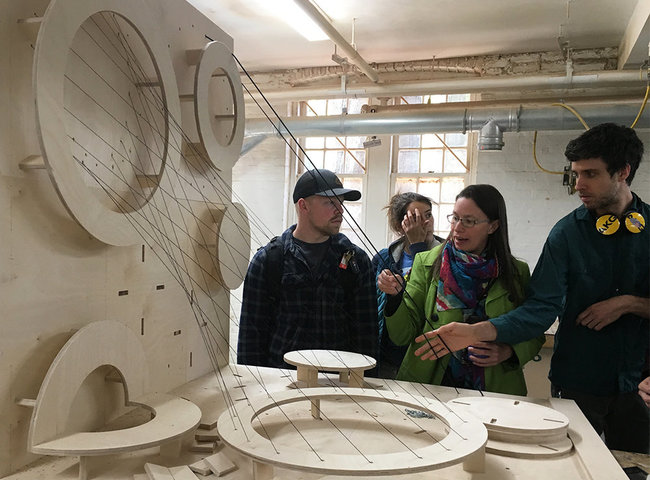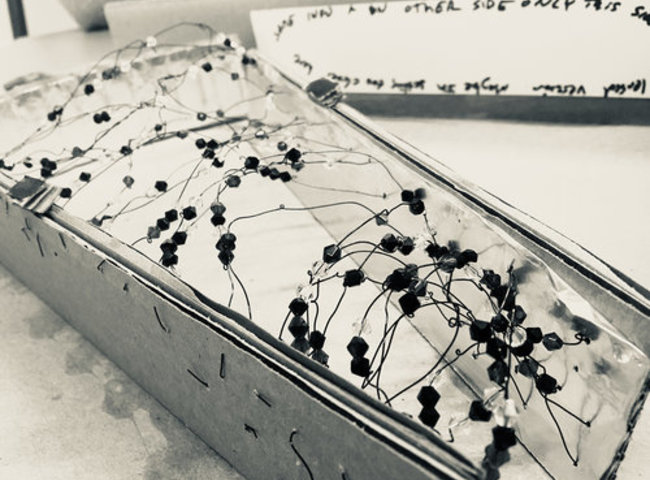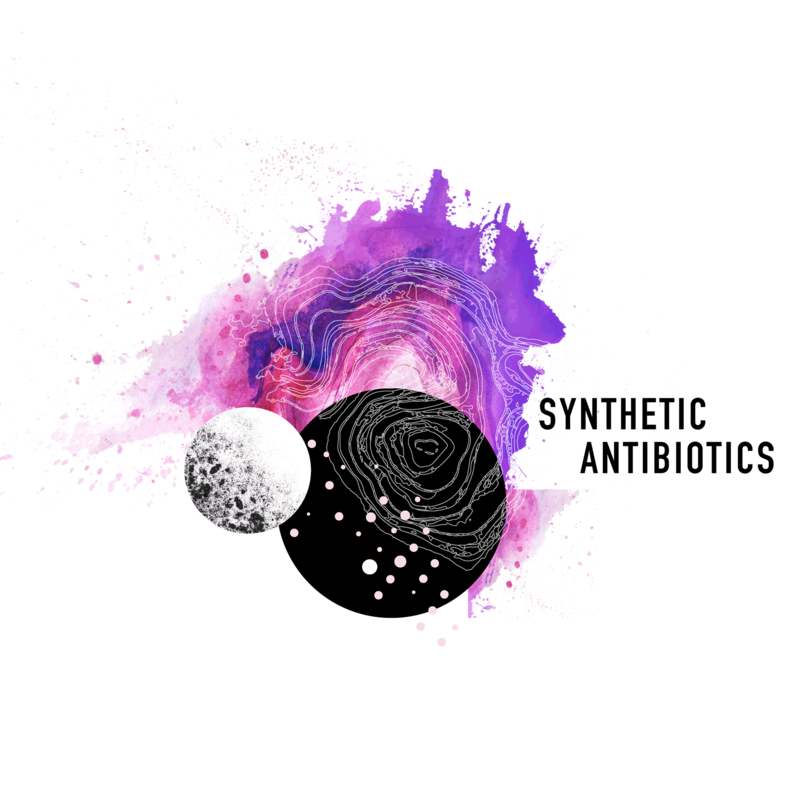- Biologists
- Lisa Paciulli with David Watts
- Designers
- Emil Polyak with Sarah Albright, Madison Brown, Ariana Ehuan, Nikki Knapp, Marcus Reefer, Madison Tart, and Stephen Waddell
How do aye-aye lemurs communicate and capture food?
In this piece, you will learn to find food as a mother aye-aye, a nocturnal primate native to the island of Madagascar. Using a stick, which simulates the bony middle finger of an aye-aye, you must tap the log to forage for tasty grubs. As you improve, the baby aye-aye vocalizations diminish, letting you know that you’re providing enough food. Be sure to tap quickly or your family’s meal will get away!













